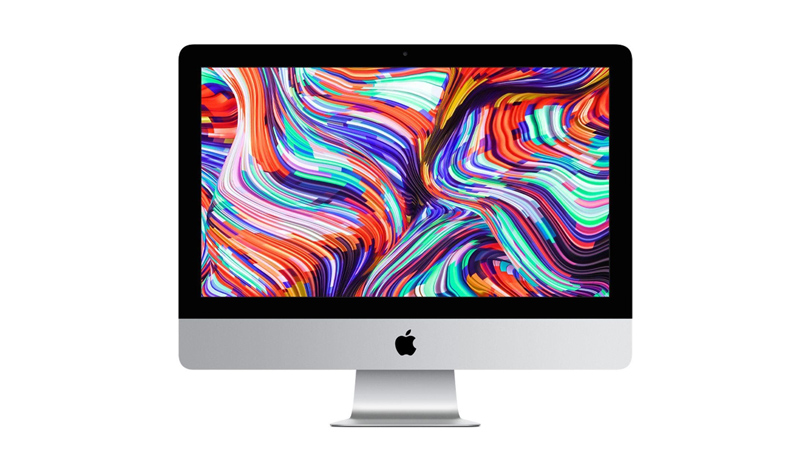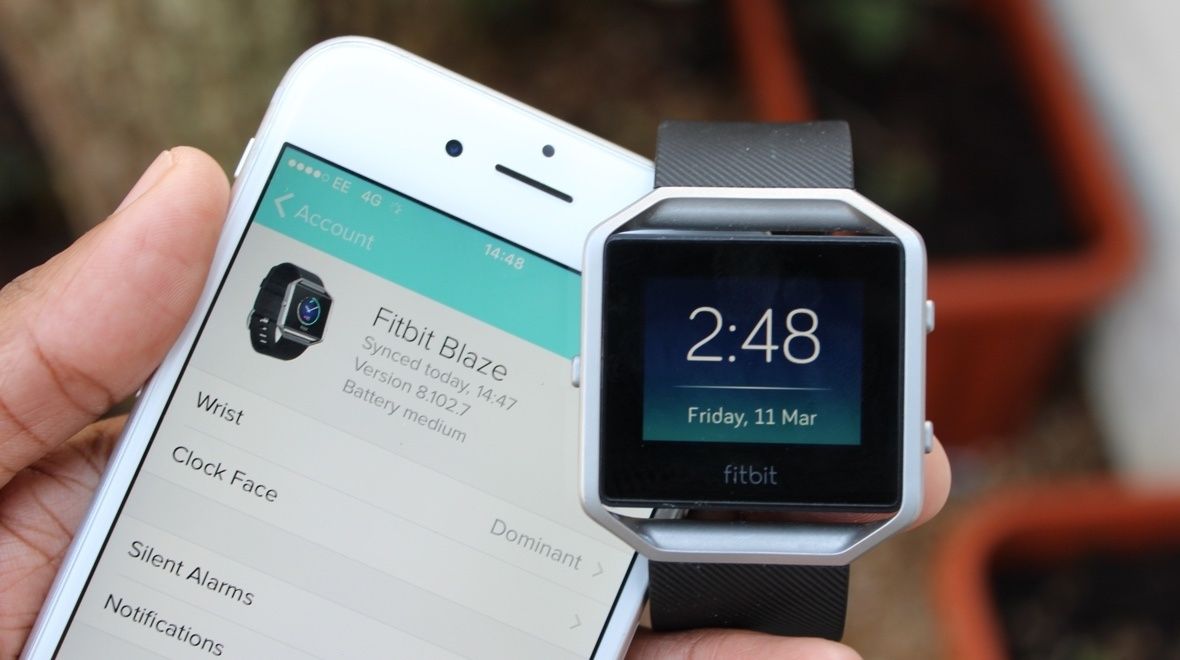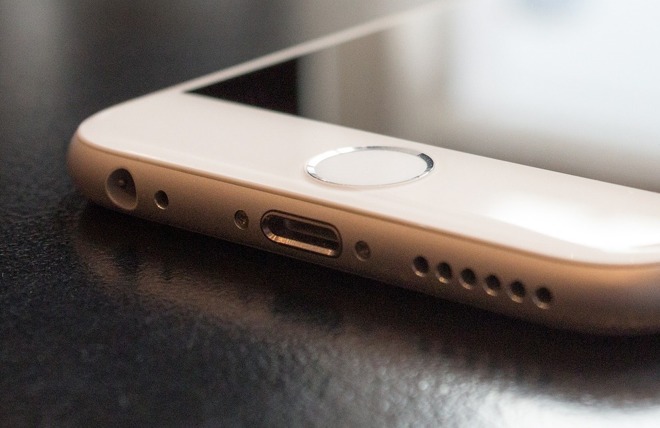 With Windows 8 official debut, scheduled for late October, this is the time when PC manufactures unveil their latest inventions and prepare for ruthless competition, as they are set to sell laptop and PCs devices with the most modernized Microsoft interface yet.
With Windows 8 official debut, scheduled for late October, this is the time when PC manufactures unveil their latest inventions and prepare for ruthless competition, as they are set to sell laptop and PCs devices with the most modernized Microsoft interface yet.
However, with now publicly available ninety-day trial of this new OS, the consumers show the tendencies of being either thrilled or infuriated by the changes.
This is the fourth in count Microsoft public preview and probably the biggest change yet to occur for the world’s most commonly used operating system.
The biggest change in the new Windows version is its start button. It is now rather a collection of live boxes, otherwise referred to as “live tiles” in Microsoft terms, which presents personalized info such as Facebook updates, Local weather etc. It’s more of a dynamic presentation than just a static display of icons as previously seen on older Windows versions. It could even be compared to smartphone interfaces with widgets and apps that deliver notifications to the home screen.
While this new operating system is rather familiar for users of Windows tablets and smartphones; however, the benefits and/or advantages of having this OS on more conventional gadgets like laptops and PCs are less clear to the consumers.
One of the things that are going against Windows 8 at the moment (as far as having the public adopt the new OS to their laptops and desktops) is that Windows 7 is still completely functional and mass favored operating systems. It is internationally used, in a matured market that doesn’t yet feel the need to be replaced. If corporations and business will start to upgrade, this could potentially mean immense cost losses in relation to retraining labor force, as people don’t respond well to radical changes.
Ultimately, Windows 8 could become a niche product for the early adopters and tech savvy users who will have the need to experience the comforts of futuristic technology of being able to synchronized mobile and stationary gadgets. Yet for the mass market the new Windows OS could potentially become the new Vista, as consumers will avoid upgrades based on hesitation or simply the costs that will come with it.









